As officials play political football with K-12 school re-openings, parents such as Johanne Davis are formulating their own game plans for the fall.
“To exercise an abundance of caution, I’d like to keep my kids home with me where they’ll study online,” says Davis, a mother of three from Indian Land, South Carolina, one of countless states where COVID-19 cases have spiked in recent weeks.
“Health is the issue, not just for my children, but also school workers," says Davis. "Teachers shouldn’t have to be frontline soldiers in this pandemic.”
Families across the nation are busy making their own calculations about whether to send children back to school. While Davis seems resolved, many parents are still mulling.
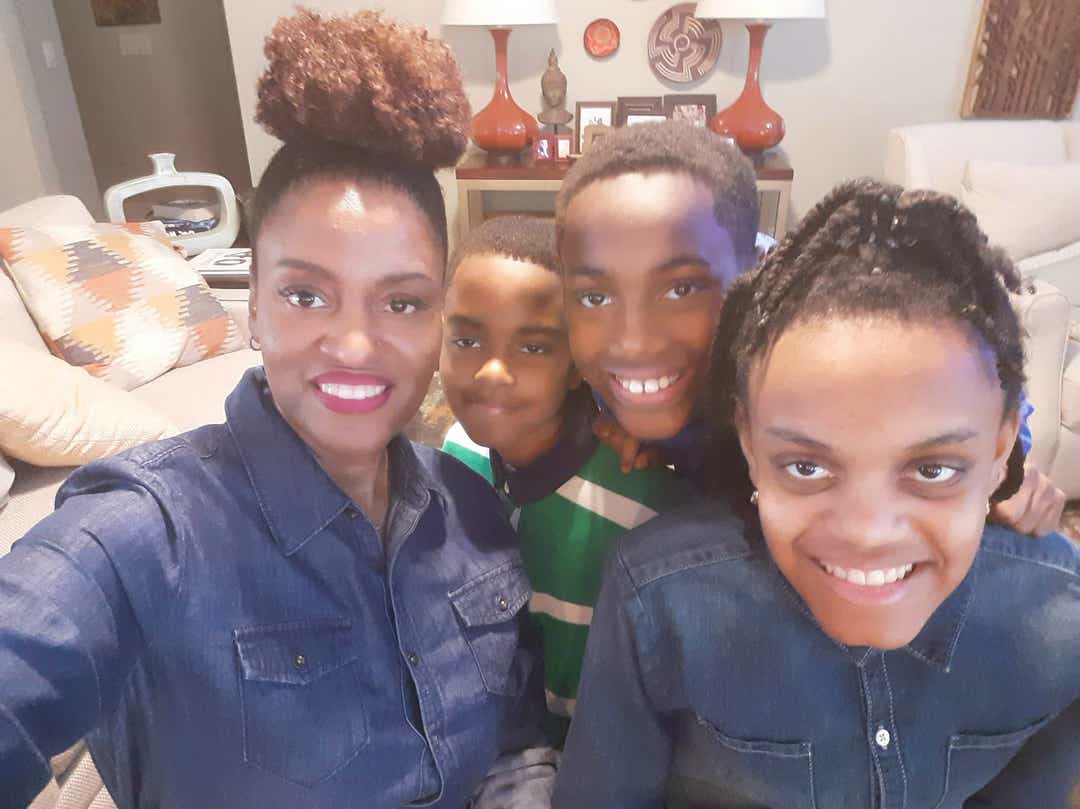
Most are taking a measured and hyper-local approach to what is ultimately a very personal decision, consulting with friends, neighbors and local educators. That's despite the issue becoming increasingly political, with President Donald Trump and state officials weighing in last week, often in conflict with published health guidance.
A week of chaos: Changing school reopening plans leave teachers, parents reeling
USA TODAY checked in with more than a dozen households. No matter their geographic or financial backgrounds, parents are often conflicted and confused. Some are keen to stay safe and opt for online classes, while others are willing to try partial in-person learning while keeping an eye on rising case numbers. And many are willing to change their plans if the situation demands it.
“This whole issue is nuanced,” says Jenna Schwartz of Los Angeles, a mother of two, former teacher and leader of an area organization called Parents Supporting Teachers.
“My non-medical opinion is it is not safe to return to school,” says Schwartz, citing mixed messaging on how susceptible children are to the virus and how easily they can transmit it to adults. “Is kids’ health more important than returning to school? Of course it is. But what if the inability to return to school forces a parent to lose their job and their insurance? That’s a different kind of health crisis.”
Kids and coronavirus: What parents should know about new COVID-related inflammatory disease
The confusion extends to the highest levels of government. Instead of a unified response, guidance seems to change almost daily.
This past week, President Donald Trump, a fierce advocate for a full fall reopening, appeared to go to war with the Centers for Disease Control and Prevention, whose guidelines he deemed too strict. The CDC ultimately did not significantly revise its stance.
The American Academy of Pediatrics had also been calling for the full resumption of in-person classes, but last week its president, Dr. Sally Goza, clarified that states with surging cases of COVID-19, the pulmonary disease caused by coronavirus, should modify their plans based on those case numbers.
On Friday, the organization issued a new statement. "Returning to school is important for the healthy development and well-being of children, but we must pursue re-opening in a way that is safe for all students, teachers and staff. Science should drive decision-making on safely reopening schools."
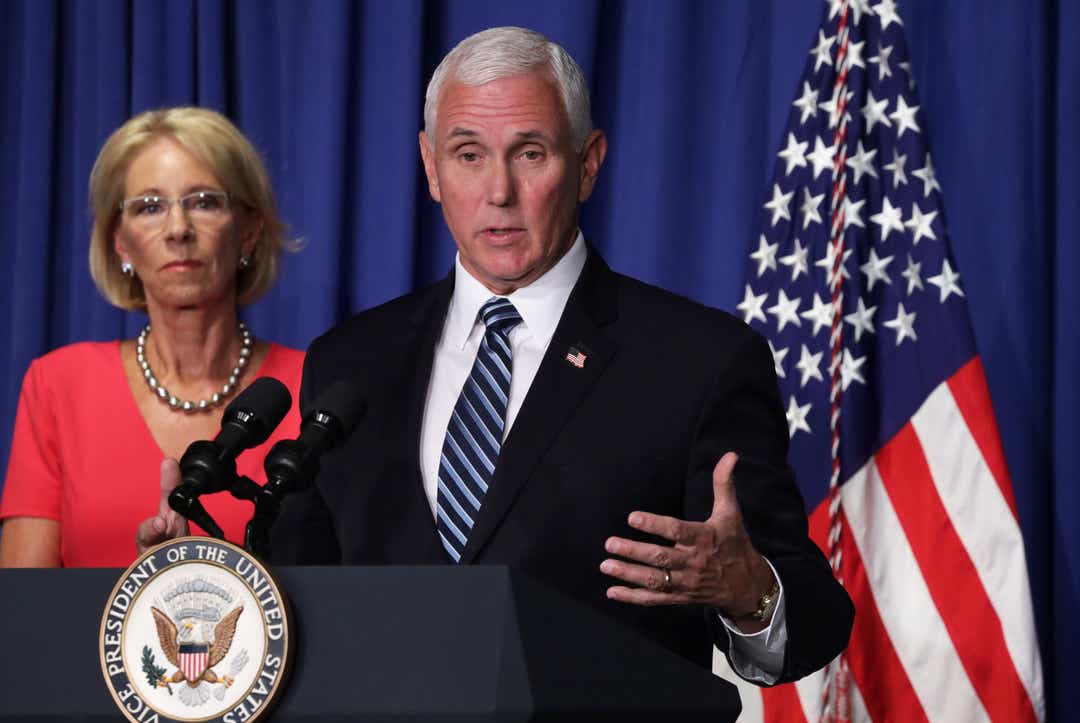
Meanwhile, Education Secretary Betsy DeVos criticized school districts contemplating non-full-time measures, but her own department released a report saying students attending in-person classes just a few days a week could keep everyone safer.
“There are no ideal solutions here,” says Kao-Ping Chua, assistant professor of pediatrics at the University of Michigan’s Susan B. Meister Child Health Evaluation and Research Center. The child health center released a survey indicating a third of parents in Illinois, Michigan and Ohio may not send kids to school in the fall.
“No matter what schools do, they won’t make everyone happy," he says. "And unfortunately, beyond conflicting information that’s getting politicized, states are seeing surging cases, which is not an environment you want to open schools in.”
Parents depend on consistency
Parents doing their fall calculus should weigh their risk appetite and consult family doctors, says Dr. Nathaniel Beers, a pediatrician at Children’s National Hospital in Washington, D.C. Beers helped produce the American Academy of Pediatrics' guidelines for reopening, which encourage administrators to be flexible and respond to shifting case numbers and community needs.
“We’ve heard from people who say kids should be out, and others say they want them at home, but it’s all about: 'What’s the right decision for me and my family?'” he says. “And don’t feel badly if you make a decision today, and you later change your mind.”
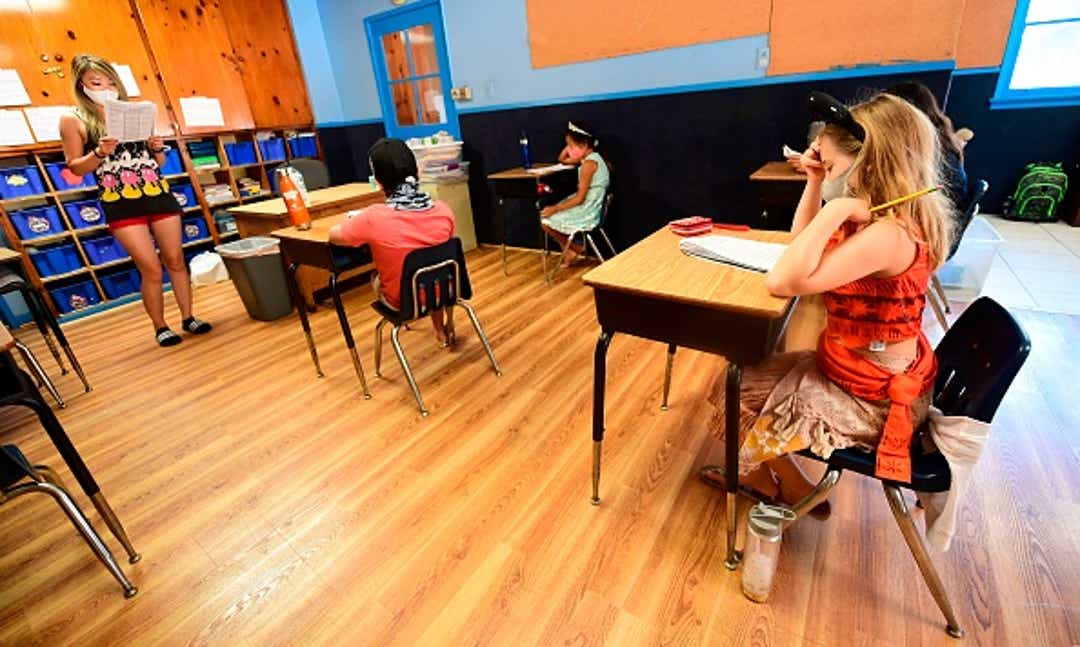
Easier said than done, says Khem Irby of Greensboro, North Carolina, a local school board member and president of Parents Across America, a national advocacy organization. She says many parents depend on a consistent school schedule in order to head off to work.
“Many of the parents I’ve been speaking with are very clear: They’re not sending their kids back to school unless school districts can come up with a plan they can trust and it's consistent,” says Irby. “Unfortunately, many schools out there might not have the money to truly accommodate social distancing and cleaning guidelines.”
Across the country, plans for welcoming students vary. Some districts are offering parents choices, typically between learning online full time and coming back a few days a week. In other cases, school superintendents are at odds with state officials, as is the case in Lancaster County, South Carolina, where Davis lives.
State legislators are pushing for an early return for in-person classes, but school officials are concerned that mandate is being imposed at a time when COVID-19 cases are rising in the state.
Davis knows her brood, ages 10, 11 and 13, is fortunate. She and her husband work from home — she as a communications consultant and he in IT security — and there are plenty of laptops as well as fast Internet service. “I know many won’t have this luxury,” she says.
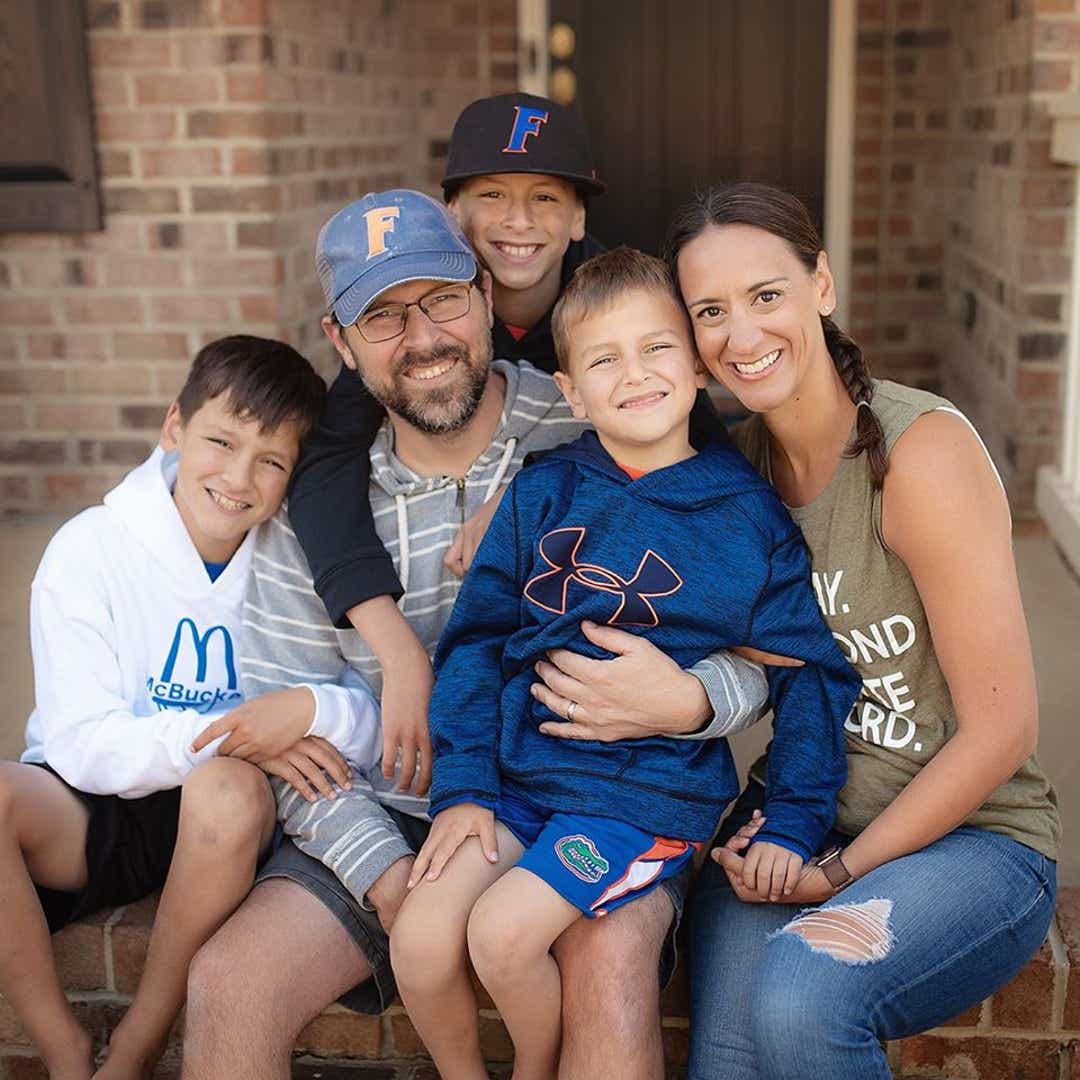
The fact that online learning won't work for everyone in the community has added tension to the ongoing debates about the fall.
“It’s sad the district is putting politics over people,” says Alissa Bray, also of Indian Land, South Carolina. "It's sad when neighbors are more worried about themselves and what works for them than each other. We've got a 'me culture.'"
Bray's own three school-age boys are mostly looking forward to getting back to school in the fall. She will send them if classes resume, even on a partial basis, but won’t hesitate to pull them back if needed.
“We’ve prepared our boys and had conversations about how this all might change back again," and they might be learning at home all the time, she says. “Their eyes are on us. So we practice wearing masks at home. We’re eating raw honey to boost immunity. We’ll try and roll with it and keep re-evaluating.”
A tale of one county, two families
In Loudoun County, Virginia, two households are taking different approaches to the fall. So far, word is residents will have a choice between full distance learning and a hybrid model where students will attend in-person classes two days a week.
The Jackomis family of Leesburg, with their two children, 14 and 9, are eager for school doors to open, even if partially.
“My preference is to send them back full time,” says mom Stephanie, who works from home in software while her husband is a dentist. She feels the routine of school and learning from professional instructors in person is crucial for child development. “I respect teachers. I don’t have the personality necessary to teach my child.”
Teachers now have everyone's respect: It only took a coronavirus pandemic and worldwide economic collapse
Jackomis says her fear of COVID-19 is tempered; her brother suffered with it for three weeks and has recovered. “OK, the virus can be scary, but to me the mental health issues resulting from not being in school can be scary,” she says. “We can find a vaccine for the virus, but there’s no vaccine for depression.”
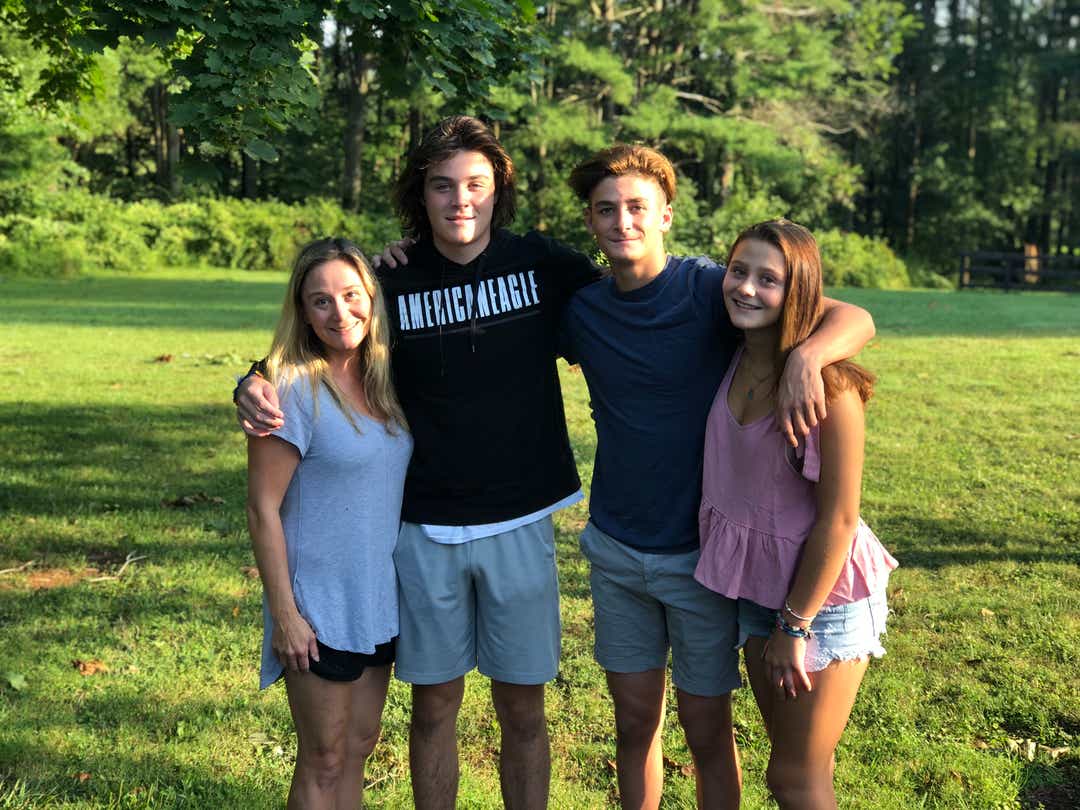
Melissa Taliaferro, also of Leesburg, thinks full-time distance learning may be the better choice for her five children, who range in age from fourth to 11th grade.
“My feeling is that approach will give the kids more access to instruction and an educator when compared to the hybrid model,” says Taliaferro, who runs a cloud computing consulting business from home while her husband does the same as an accountant. “But it’s a complicated thing, and I guess in the end neither option is likely to meet the needs of a vast majority of children.”
Ultimately, Taliaferro and her peers are preparing for an at-home learning experience given the current rate of viral spread.
"Lots of parents we know think we'll eventually be distanced no matter what fall option you pick, because at the first sign of a case they'll send everyone home," she says. "When we look back on this phase of life, we'll see this was the true definition of trauma."
In Chattanooga, Tennessee, Jaime Kerns is concerned about the health implications of schools reopening. The Spanish teacher at Lookout Valley Middle and High School has asthma, while her daughter Emaline, 15, has asthma and an immunodeficiency. Her husband, who is a real estate agent, also has health issues.
“Our district has done a good job organizing things, giving us all options that range from a purely virtual school to phased-in learning at the school,” says Kerns.
“But it does lead to some confusing questions for me,” she adds. “If I’m in school teaching, potentially at risk, should my daughter bother to stay at home? And while we’ll have distancing and masks, you wonder about enforcement. I want to go back into that building, but should I?”
Kerns says her county, Hamilton, has a large Latino population, a demographic that has been particularly hard hit by COVID-19 nationally. She is concerned with how more vulnerable populations will deal with a school year “that may not provide their kids with the food, learning and stability that they come to depend on.”
Wary of infection, but what if parents work outside the home?
Miguel Martinez of Petal, Mississippi, has four children ages 6 to 19. “My oldest daughter, she wants to go back. She’ll be a senior, so it means a lot,” he says. “And my wife and I both work, so we are depending on the schools.”
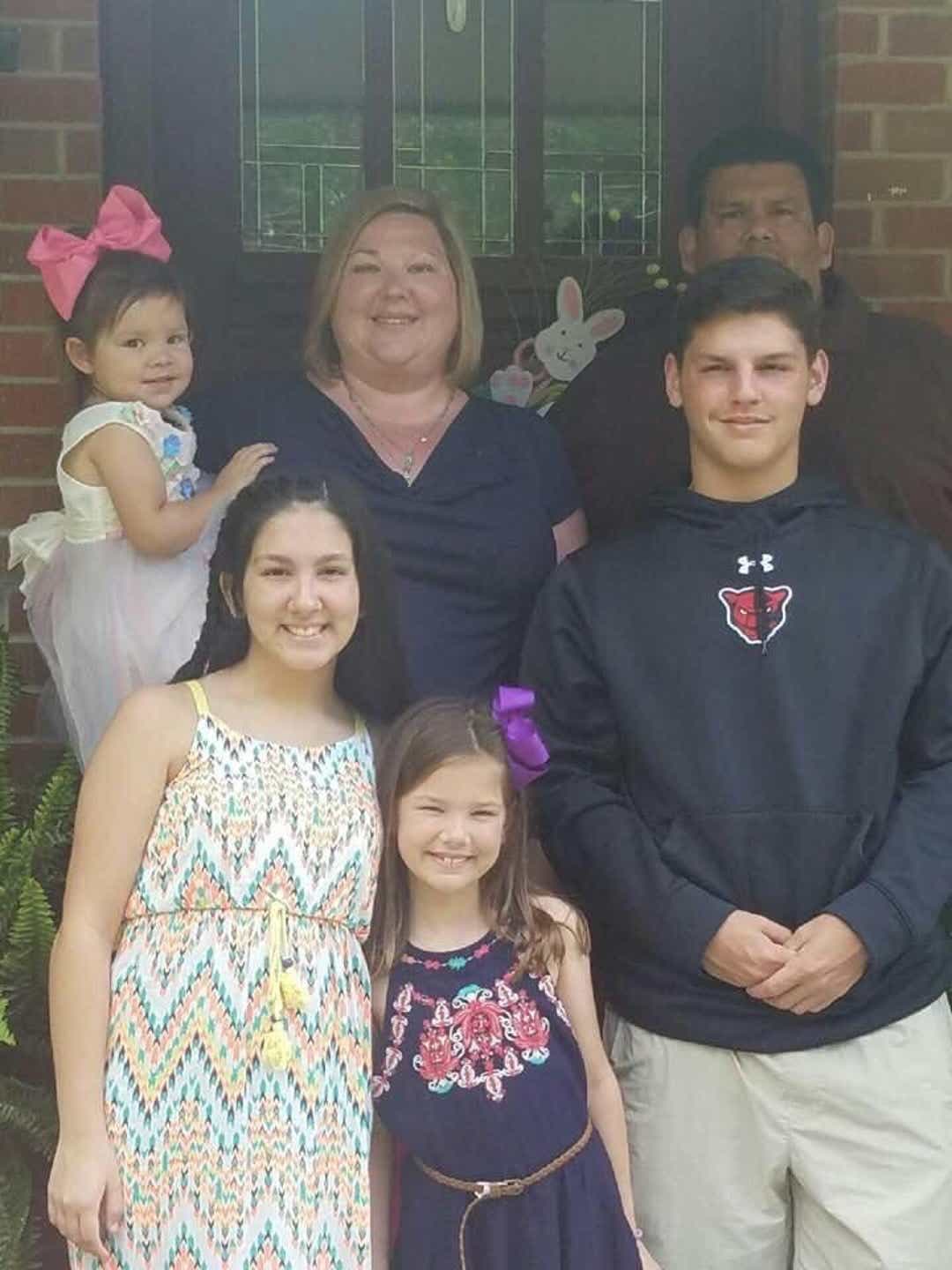
But there is concern in his voice. Martinez is a warehouse manager at a plywood mill and his wife, Melissa, is a nurse at a facility for the mentally challenged. She has been treating COVID-19 patients. Miguel has asthma and is concerned at the high rates of infection among Latinos and Black Americans.
“I don’t think the schools really have the funding to disinfect the place every day, or to socially distance in a way that is meaningful,” he says. “That all leaves me concerned about getting the virus.”
Alicia Baltazar has even graver worries. The Los Angeles-area single mother of 10-year-old Jeremy is on permanent disability as a result of a variety of health issues.
“I don’t see any way I would survive a COVID-19 infection,” says Baltazar, whose 12-year-old cousin died of COVID-19 complications and whose grandfather currently is battling the virus. “I can’t send my kid to school and risk he’ll kill me.”
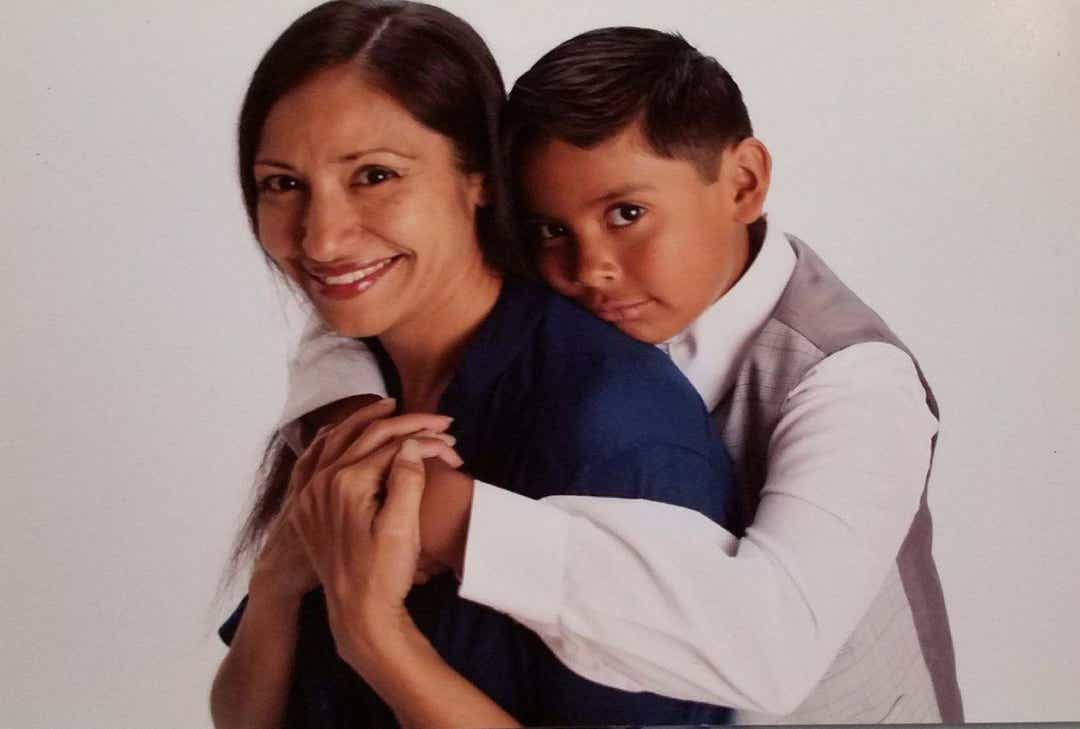
Baltazar lives off a $515 monthly welfare check, lives in Section 8 housing and receives food stamps to make ends meet. She says people in her neighborhood are torn between sending their children to school so they can work and shouldering those associated costs.
“The low-income moms I know can’t afford to send their kids to school every day with a fresh mask, because we can’t get to the laundromat every day,” she says. “But mostly it’s a health thing. The guidelines I’ve heard are a joke. Getting kids to stay away from large groups? Keeping bathrooms and playgrounds from crowding? It’s like the people writing them have never been to a school.”
Baltazar’s fellow Angeleno Lisa Welch is ready to have her son, Henry, who is heading into his sophomore year at El Segundo Unified, sit out next year if necessary. While so-called gap years are typically more the province of college students, Welch thinks this could be the time to take a pause from school.
“This all makes you stressed as parent, because when it comes to kids being in school, l I remember everything great that I got out of being there,” says Welch. “You can learn on a computer, but you’re not learning about the complex landscape of human interactions. And I’m not willing to risk Henry’s life for him to get that right now.”
Welch runs a product marketing company called Brand Therapy, whose clients include many video game companies. She says her son has spent many stay-at-home weeks playing games with friends “and learning a bit about social interactions that way, and it’s really been quite interesting and worthwhile.”
Welch, who is divorced, has a daughter who is successfully navigating online courses at a local college. For Henry, she can envision him taking online classes only all year. But if going to a school has to be part of the mix, she might pass.
“We’re waiting until the last minute to make the decision, depending on where we are with COVID-19 cases,” says Welch. “If he can go virtual, great. If not, it’ll make for a rich learning year in his life. He can pick up American History in a year, and in the meantime live through true American history.”
Follow USA TODAY national correspondent Marco della Cava: @marcodellacava
Health - Latest - Google News
July 13, 2020 at 04:01PM
https://ift.tt/32jFy4O
Online school? In-person? How parents are making their own fall 2020 decisions as COVID-19 squabbles continue - USA TODAY
Health - Latest - Google News
https://ift.tt/2zrj9Ud
Bagikan Berita Ini














0 Response to "Online school? In-person? How parents are making their own fall 2020 decisions as COVID-19 squabbles continue - USA TODAY"
Post a Comment